CBC
Updated Sun, February 18, 2024
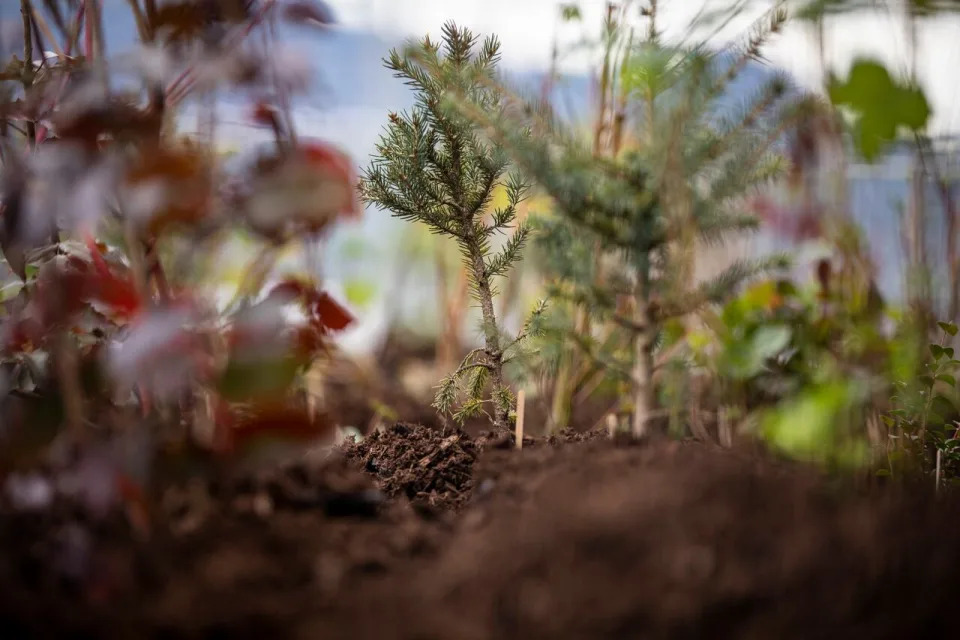
A tiny forest installation at the Canada Convention Centre in Vancouver on Thursday. The planting method is designed to encourage trees to grow more quickly as they fight for light, quickly creating more tree cover, and habitat for birds and insects. (Ben Nelms/CBC)
In vacant lots, neglected parks and patches of land along busy stretches of road, residents are gathering to plant trees — lots of them, close together.
"Tiny forests," which originated in Japan, are popping up across Canada and around the world.
"We're trying to give nature back some space," said Jorge Rojas-Arias, a project manager at Arbre Évolution, a tree-planting co-operative in Montreal.
His organization has helped with several tiny forest projects in the Montreal area and, over two days late last fall, another at the campus of John Abbott College in a west-end suburb.
In total, about 600 trees and shrubs — blue beech, swamp birch, balsam fir and two species of oak among them — were planted in an area about the size of a tennis court.
That works out to three trees for every square metre of land.
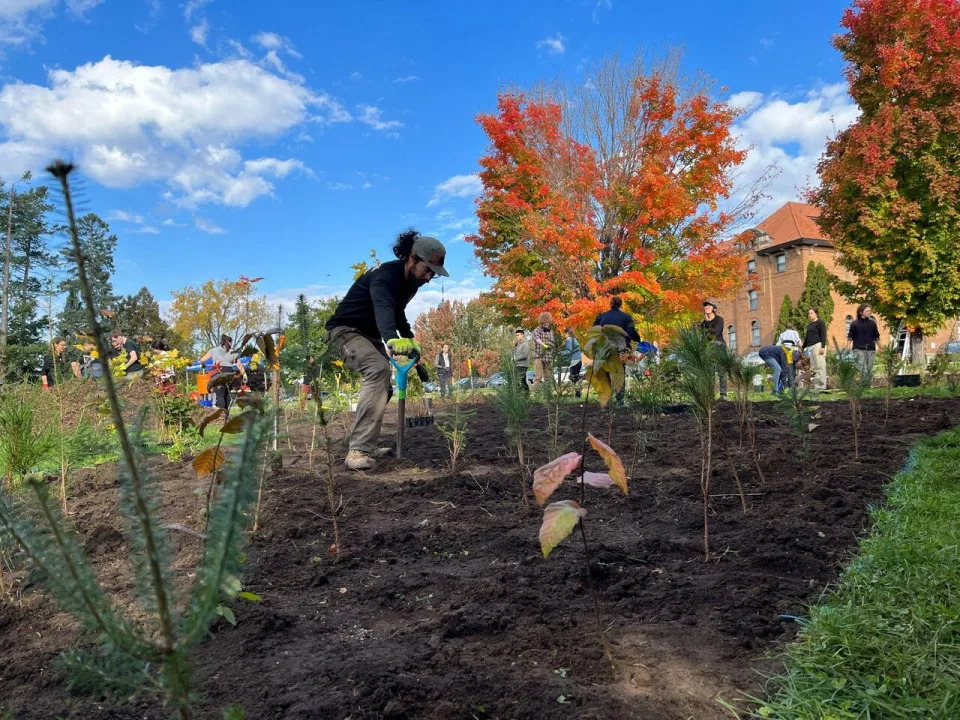
Jorge Rojas-Arias, a project manager at Arbre Évolution, a tree planting co-operative in Montreal, at a tiny forest planting at John Abbott College. (Benjamin Shingler/CBC)
The tiny forests concept is simple allure in overheated, concrete-heavy cities: Assemble a group of volunteers, clear a plot of land and prepare the soil.
Then, plant a variety of native shrubs and trees in a small area — and watch them grow.
In their early years, the trees and shrubs grow quickly as they fight for light. Because of that, research suggests they capture more carbon, more quickly than in conventional tree planting.
Tiny forests also require little maintenance and weeding after the first few years, and quickly become a dense, multi-layered habitat for birds, butterflies and insects.
"It's a small area with a lot of ecological benefits," said Chris Levesque, a biology teacher who organized the planting at John Abbott.
Sharon MacGougan, head of the Garden City Conservation Society in Richmond, B.C., near Vancouver, where there are already four tiny forests, said the benefits aren't only ecological.
"More than that, there's a joyousness about it," she said. "It's really good for public engagement and conservation at the same time."
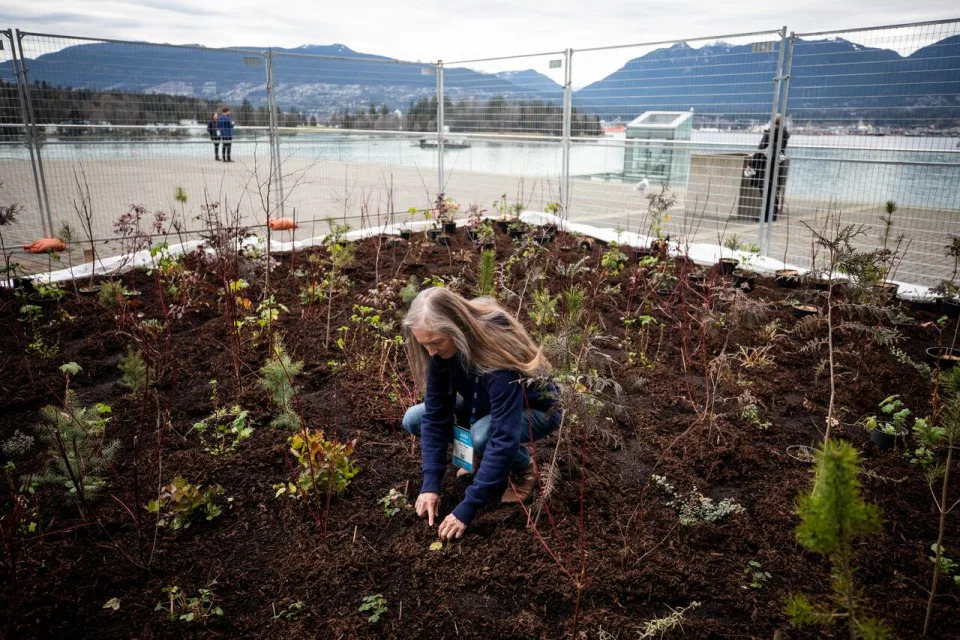
Sharon MacGougan, president of the Garden City Conservation Society in Richmond, B.C., at a tiny forest installation in Vancouver. (Ben Nelms/CBC)
The Miyawaki method
The method originated with Japanese botanist Akira Miyawaki, who was inspired by the protected old trees around his home country's religious shrines.
In effort to counter deforestation following Japan's postwar industrial boom, Miyawaki partnered with companies, including Toyota, to plant forested areas beside their factories.
In an essay later in his life, Miyawaki described how tiny forests are a way to both absorb more carbon and cope with the effects of what he described as "nature's fury."
He also believed in strengthening our connection to trees.
"The forest is the root of all life; it is the womb that revives our biological instincts, that deepens our intelligence and increases our sensitivity as human beings," he wrote.
Miyawaki died in 2021.
Fukitaka Nishino, one of his former students, said he's not surprised the tiny forest concept is growing around the world, given concerns about climate change.
"We're destroying forests and destroying the earth, and we can't live without forests," Nishino said in an interview from Tokyo.
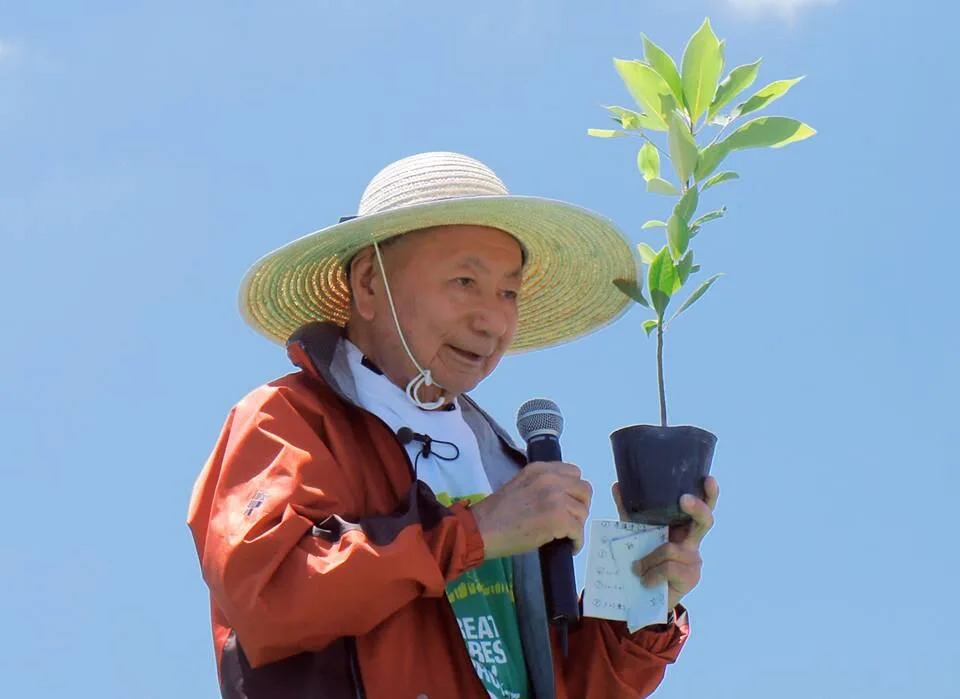
Japanese botanist Akira Miyawaki helped popularize the idea of tiny forests. (afforestt.com)
'A tiny jungle party'
The idea has been further popularized by Shubhendu Sharma, an engineer who was inspired after meeting Miyawaki in India in 2008.
Sharma makes the case for "tiny forests, everywhere" in a 2016 Ted Talk.
"In a natural forest like this, no management is the best management. It's a tiny jungle party," he told the audience.
"This forest grows as a collective. If the same trees, same species, would have been planted independently, it won't grow so fast. And this is how we create a 100-year-old forest in just 10 years."
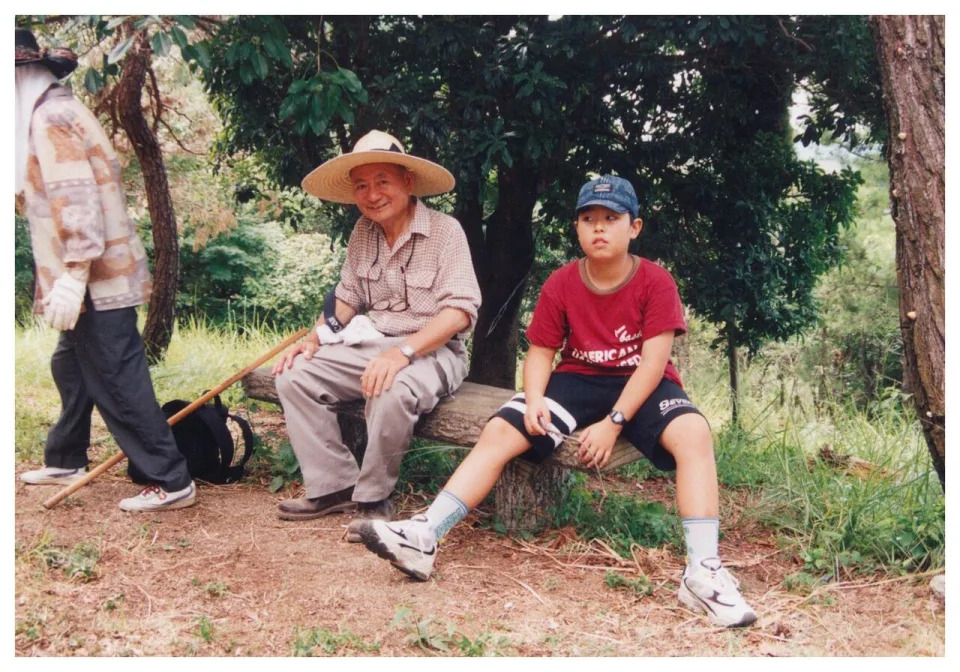
Akira Miyawaki, left, is seen here with Fumitaka Nishino when he was a boy. (Submitted by Fumitaka Nishino)
There are questions, though, about whether tiny forests are the best approach to re-greening cities.
Todd Irvine, a Toronto arborist with a company called City Forest, said in certain situations tiny forests make a lot of sense, such as in areas sorely in need of tree cover.
In 15 to 20 years, however, he has cautioned his clients that "there's going to be a significant amount of maintenance from a horticultural perspective, because you're going to have some of those large trees that are going to be shaded out and they will begin to die."
"Really fast-growing trees can have structural consequences," he said.
"You'll get these really large, quite frankly, spindly trees."
Carly Ziter, a biology professor at Concordia University with an expertise in urban trees, said more research is needed to determine the best approach in Canada.
"I think sometimes people see these tiny forests as kind of a panacea for all of our ecological and social issues," she said.
"With anything that you're trying for the first time or something new in a city, monitoring is so important to understand how it works in your system, how it's perceived by people in your city, what the pitfalls are that are unique to a particular area and what the successes might be that are unique to an area."
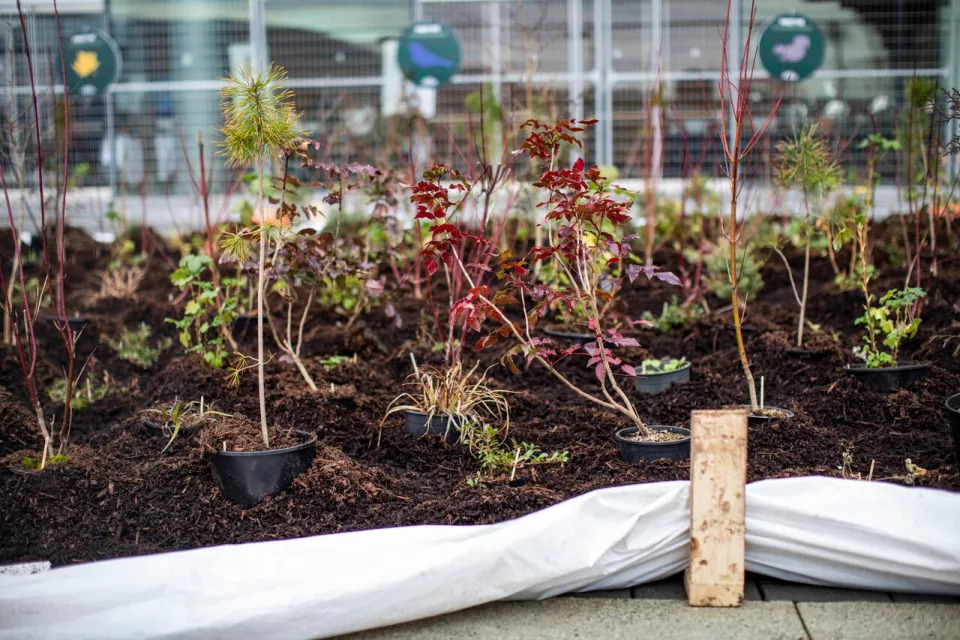
The tiny forest method involves planting multiple native species close together.
(Ben Nelms/CBC)
Watching for changes
MacGougan's group received a grant to study the presence of birds at one of Richmond's new tiny forests.
"The forest will change over time and so will the species that live or nest and live in the spaces," she said.
And even if the long-term outlook isn't yet clear, their short-term effect is easy to see.
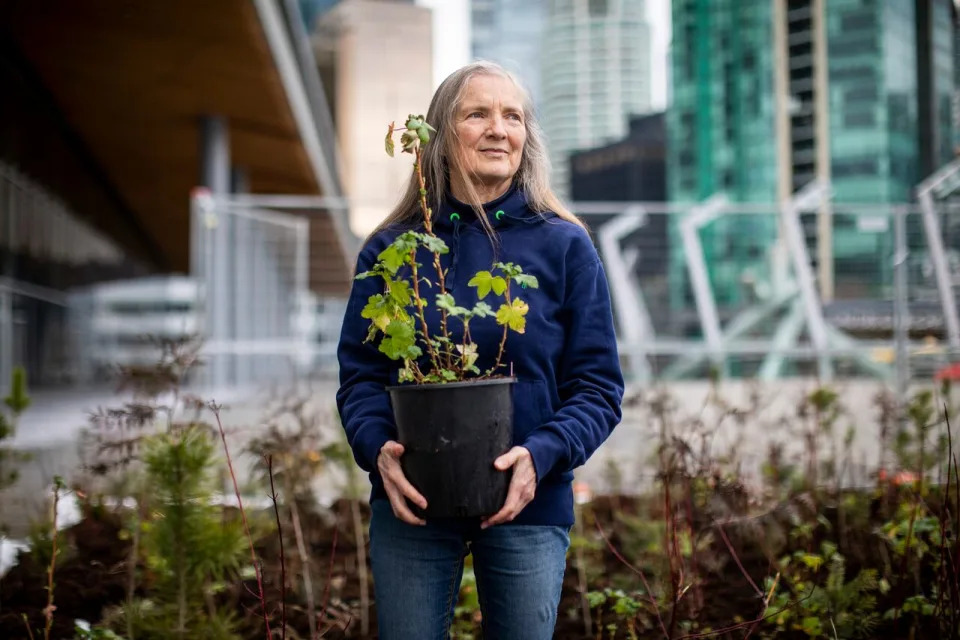
MacGougan, shown at a conference in Vancouver, said there is a 'joyousness' to planting tiny forests. 'It's really good for public engagement and conservation at the same time.' (Ben Nelms/CBC)
At John Abbott in Montreal, several dozen students and staff participated in the event — and many said that the act of planting itself was memorable.
"It's really a good way to connect with nature," said Rojas-Arias.
"Everyone here comes out, and they are really satisfied with their day."
No comments:
Post a Comment